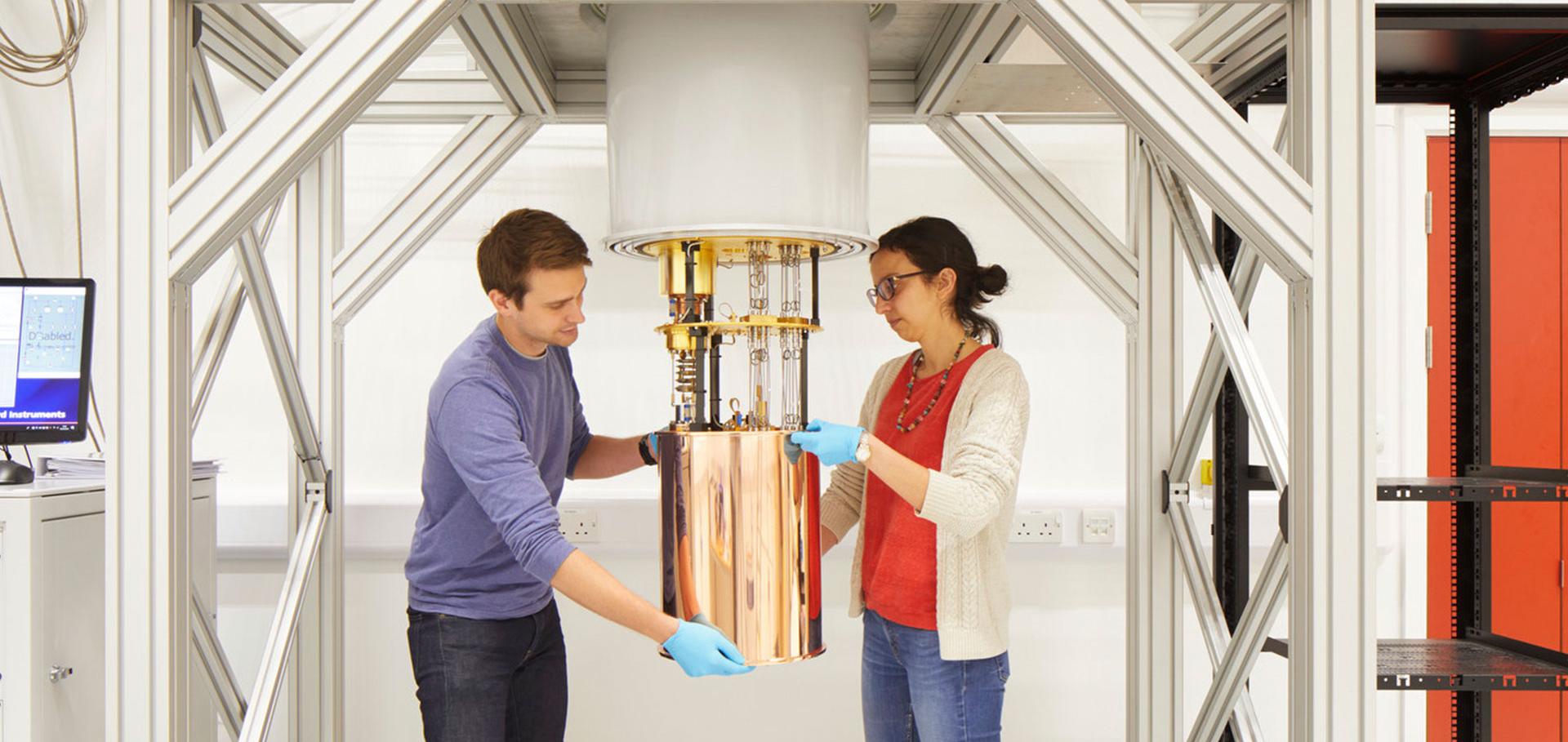Determining parameters of metal-halide perovskites using photoluminescence with Bayesian inference
PRX Energy American Physical Society 4:1 (2025) 13001
Abstract:
In this work, we demonstrate that time-resolved photoluminescence data of metal halide perovskites can be effectively evaluated by combining Bayesian inference with a Markov-chain Monte-Carlo algorithm and a physical model. This approach enables us to infer a high number of parameters that govern the performance of metal halide perovskite-based devices, alongside the probability distributions of those parameters, as well as correlations among all parameters. Via studying a set of halfstacks, comprising electron- and hole-transport materials contacting perovskite thin films, we determine surface recombination velocities at these interfaces with high precision. From the probability distributions of all inferred parameters, we can simulate intensity-dependent photoluminescence quantum efficiency and compare it to experimental data. Finally, we estimate mobility values for vertical charge-carrier transport, which is perpendicular to the plane of the substrate, for all samples using our approach. Since this mobility estimation is derived from charge-carrier diffusion over the length scale of the film thickness and in the vertical direction, it is highly relevant for transport in photovoltaic and light-emitting devices. Our approach of coupling spectroscopic measurements with advanced computational analysis will help speed up scientific research in the field of optoelectronic materials and devices and exemplifies how carefully constructed computational algorithms can derive valuable plurality of information from simple datasets. We expect that our approach can be expanded to a variety of other analysis techniques and that our method will be applicable to other semiconductors.
Performance and stability analysis of all-perovskite tandem photovoltaics in light-driven electrochemical water splitting
Nature Communications Springer Nature 16:1 (2025) 174
Abstract:
All-perovskite tandem photovoltaics are a potentially cost-effective technology to power chemical fuel production, such as green hydrogen. However, their application is limited by deficits in open-circuit voltage and, more challengingly, poor operational stability of the photovoltaic cell. Here we report a laboratory-scale solar-assisted water-splitting system using an electrochemical flow cell and an all-perovskite tandem solar cell. We begin by treating the perovskite surface with a propane-1,3-diammonium iodide solution that reduces interface non-radiative recombination losses and achieves an open-circuit voltage above 90% of the detailed-balance limit for single-junction solar cells between the bandgap of 1.6–1.8 eV. Specifically, a high open-circuit voltage of 1.35 V and maximum power conversion efficiency of 19.9% are achieved at a 1.77 eV bandgap. This enables monolithic all-perovskite tandem solar cells with a 26.0% power conversion efficiency at 1 cm2 area and a pioneering photovoltaic-electrochemical system with a maximum solar-to-hydrogen efficiency of 17.8%. The system retains over 60% of its peak performance after operating for more than 180 h. We find that the performance loss is mainly due to the degradation of the photovoltaic component. We observe severe charge collection losses in the narrow-bandgap sub-cell that can be attributed to the interface degradation between the narrow-bandgap perovskite and the hole-transporting layer. Our study suggests that developing chemically stable absorbers and contact layers is critical for the applications of all-perovskite tandem photovoltaics.Performance and stability analysis of all-perovskite tandem photovoltaics in light-driven electrochemical water splitting
University of Oxford (2025)
Abstract:
January 4, 2025Dopant-induced interactions in spiro-OMeTAD: Advancing hole transport for perovskite solar cells
Materials Science and Engineering R Reports Elsevier 162 (2025) 100875
Steering perovskite precursor solutions for multijunction photovoltaics
Nature Nature Research (2024)


